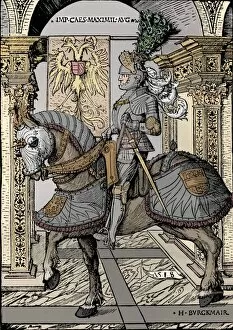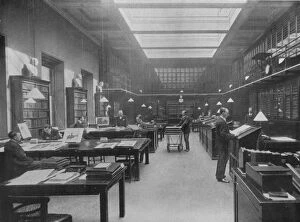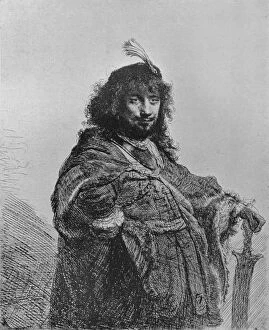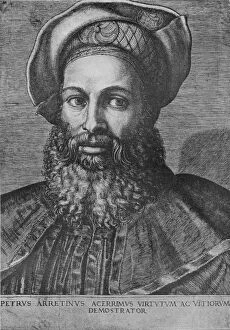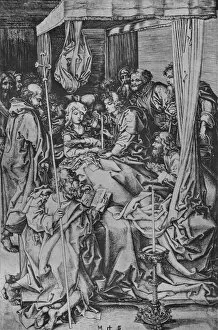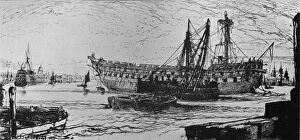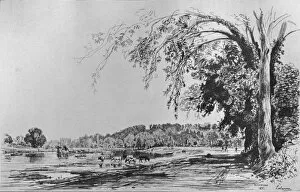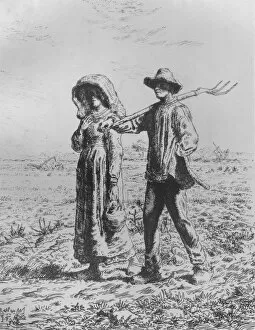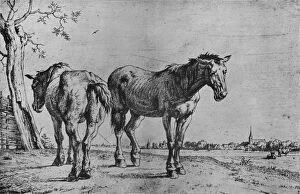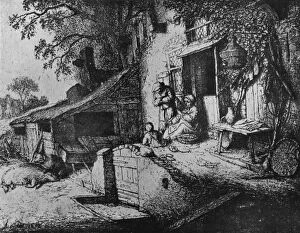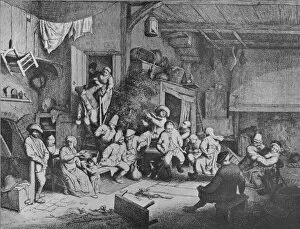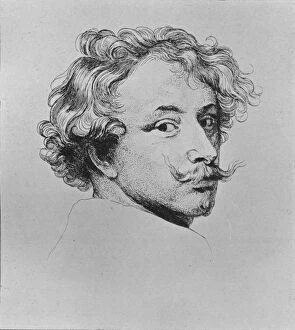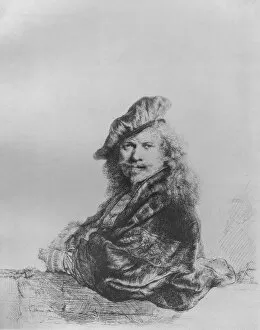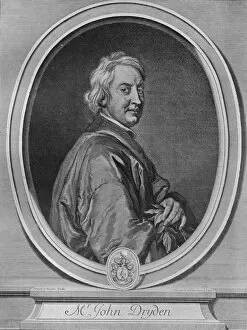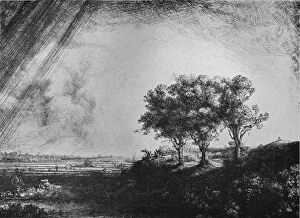Alfred Whitman Collection
Alfred Whitman: A Passionate Collector of Art Through Time Alfred Whitman, a name that resonates with the art world
For sale as Licensed Images
Choose your image, Select your licence and Download the media
Alfred Whitman: A Passionate Collector of Art Through Time Alfred Whitman, a name that resonates with the art world, was an avid collector and connoisseur of various artistic masterpieces. His love for art knew no bounds as he sought to acquire and appreciate works from different periods and genres. One of his prized possessions was the "Portrait of the Emperor Maximilian" by Hans Burgkmair, the Elder. This captivating piece from 1518 showcased Whitman's appreciation for Renaissance art and its intricate details. In his pursuit of expanding his collection, Whitman ventured into diverse realms such as Rembrandt's brilliance. "Rembrandt with the Sabre, " painted in 1634, captured not only the artist's skill but also revealed Whitman's fascination with portraiture. Whitman had an eye for capturing personalities through portraits; another remarkable addition to his collection was Marcantonio Raimondi's "Portrait of Pietro Aretino. " Created around 1517, this artwork exemplified Raimondi's ability to capture human emotions flawlessly. However, it wasn't just portraits that intrigued Alfred Whitman; he also appreciated social commentary depicted in artworks like Honore Daumier's "La Rue Transnonian" from 1834. This powerful image conveyed political unrest during its time while showcasing Whitman's interest in historical context. Whitman didn't limit himself to specific eras or styles; he recognized greatness across centuries. Robert Strange’s depiction of Charles I from 1770 demonstrated how history could be immortalized through art. The Descent from the Cross by Andrea Mantegna further highlighted Alfred Whitman’s admiration for religious themes prevalent during the Italian Renaissance period. The painting dated back to 1475 yet still held immense significance in contemporary times due to its technical mastery.

